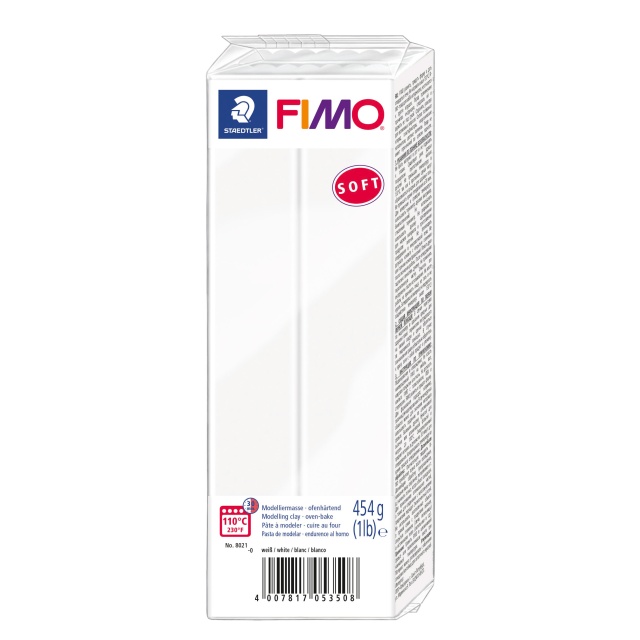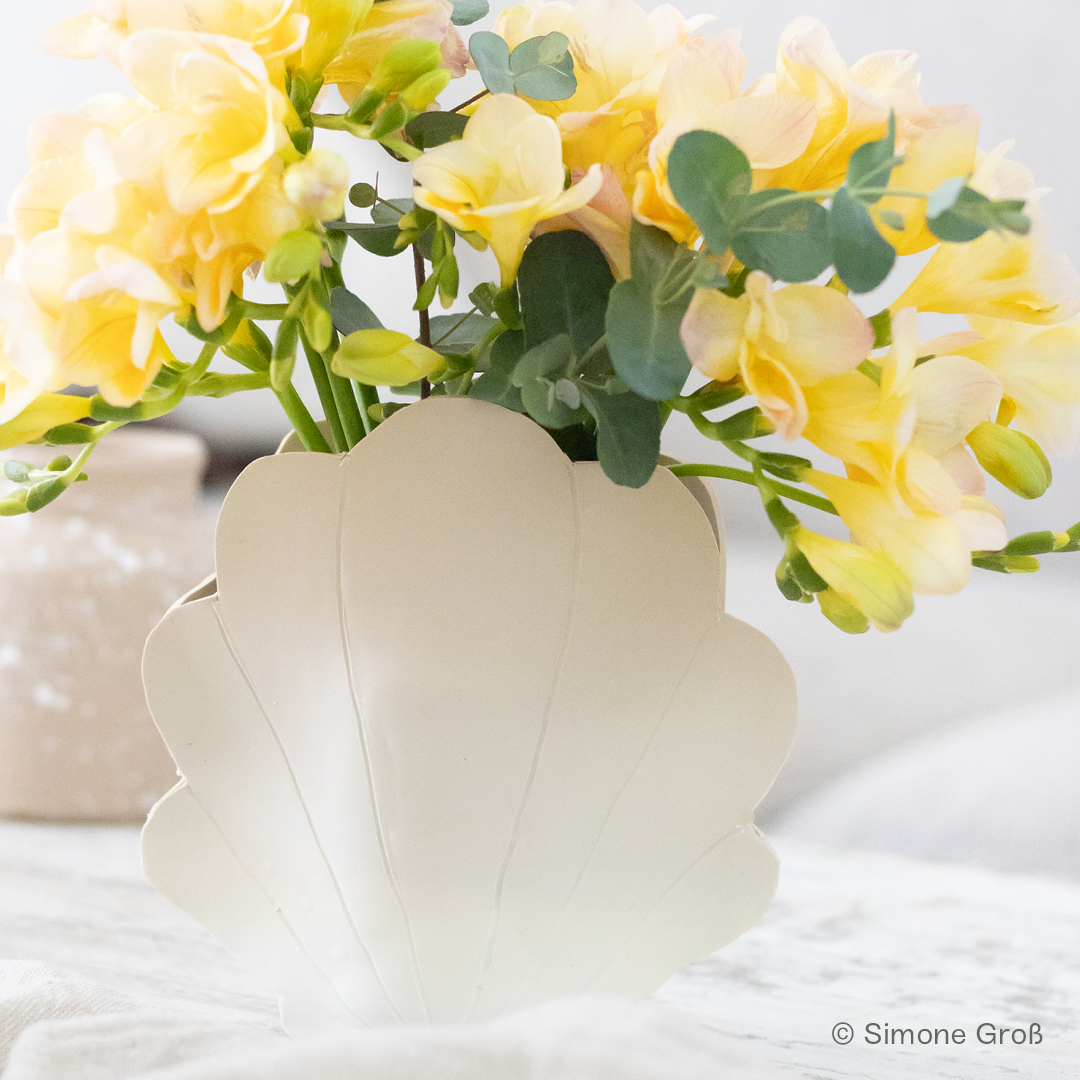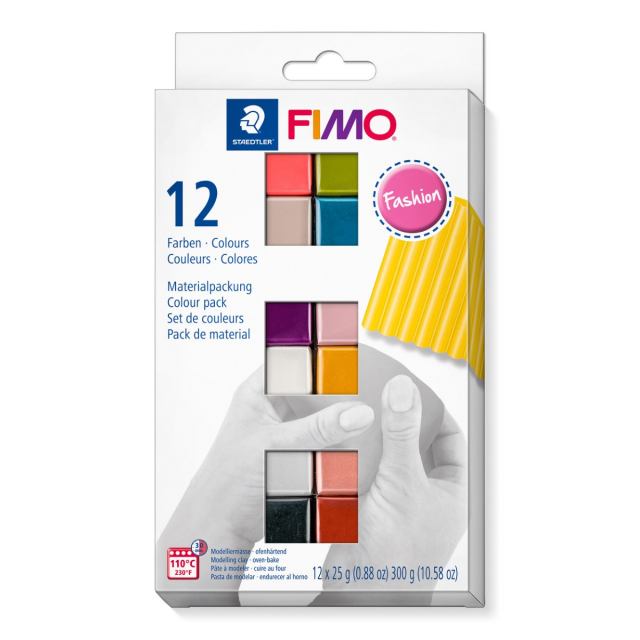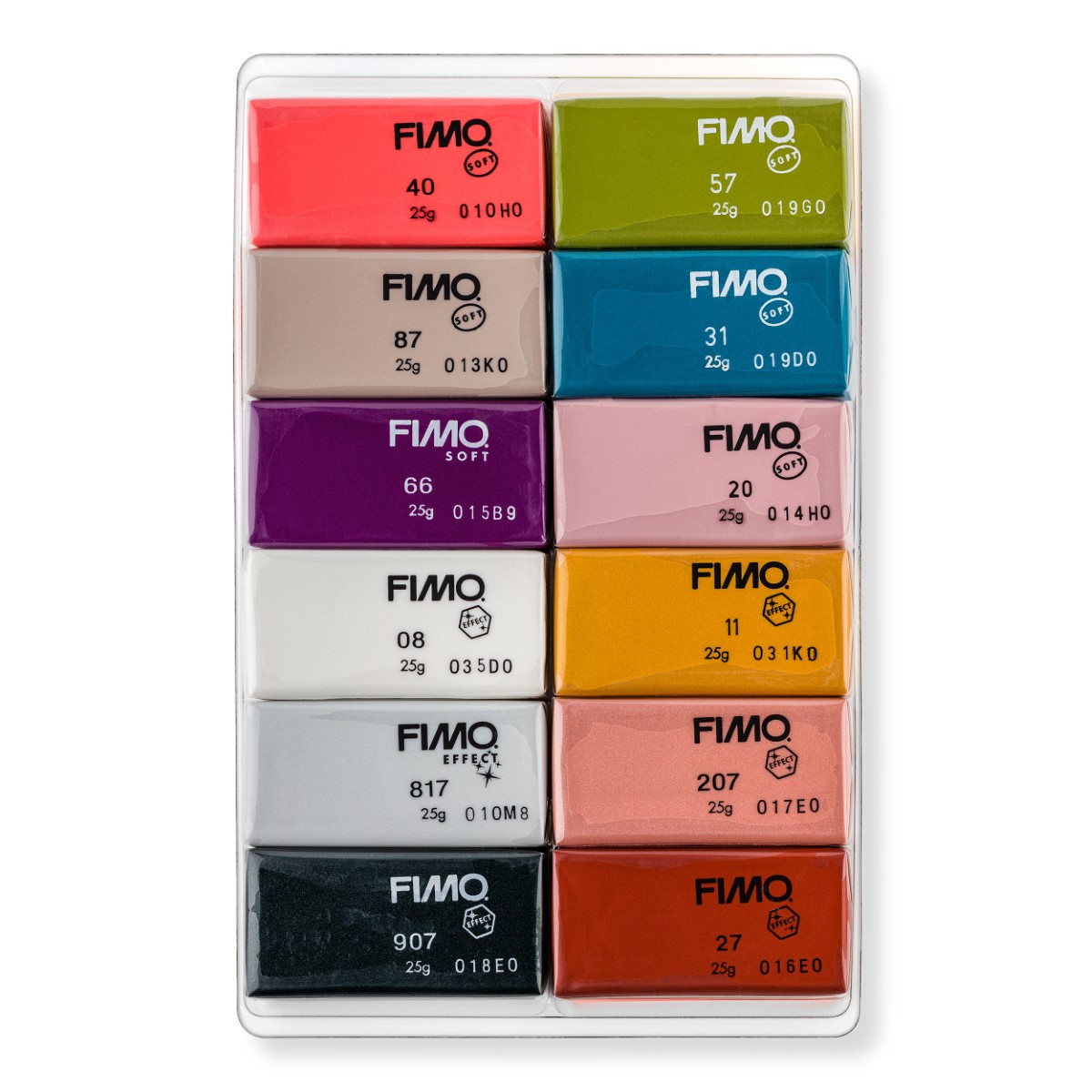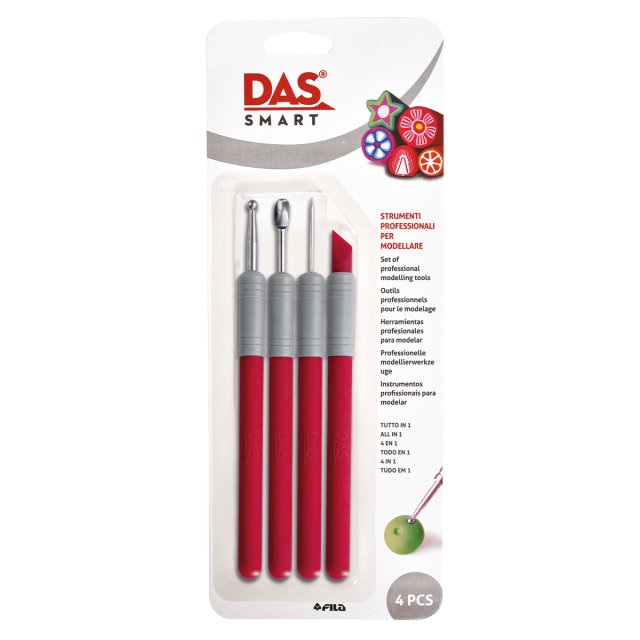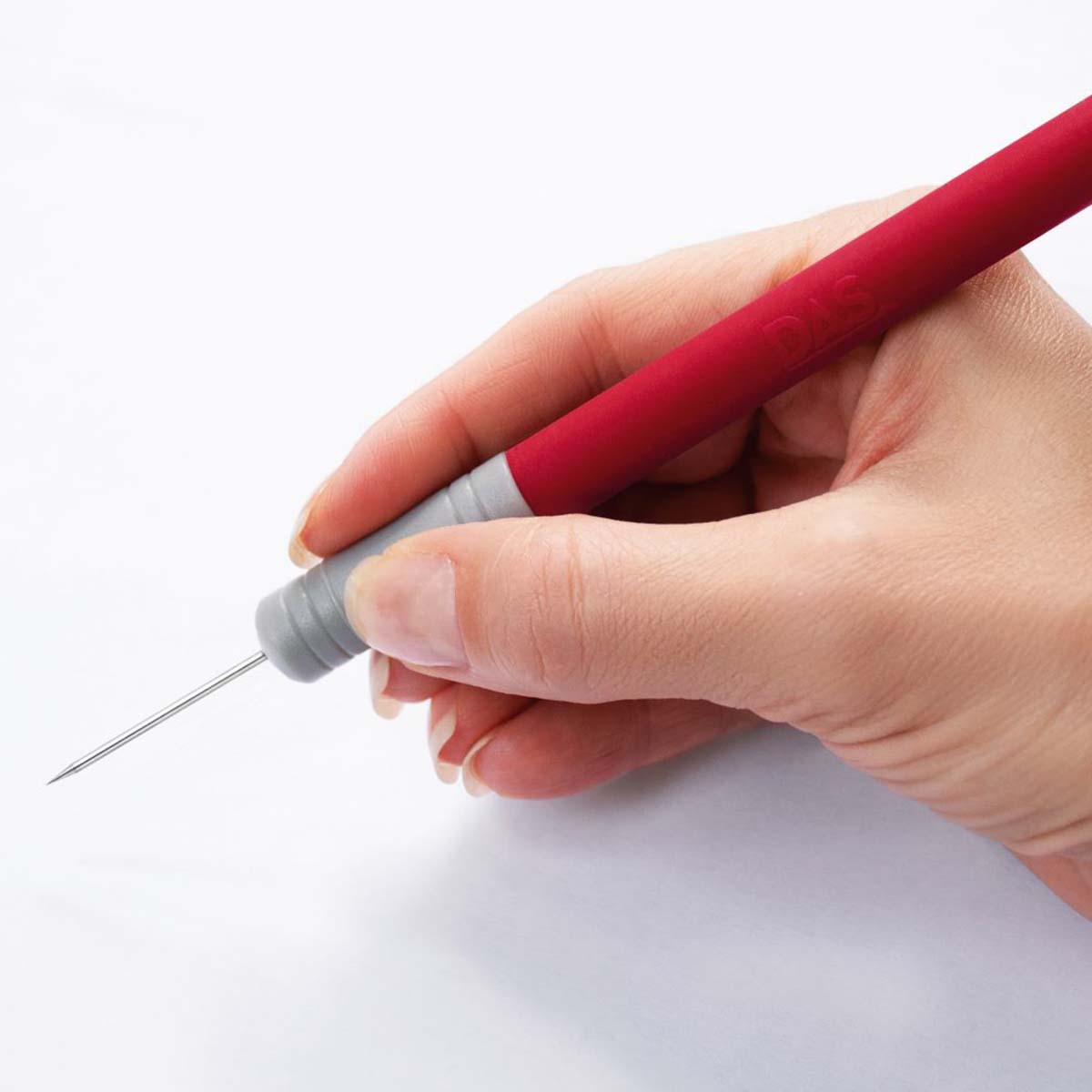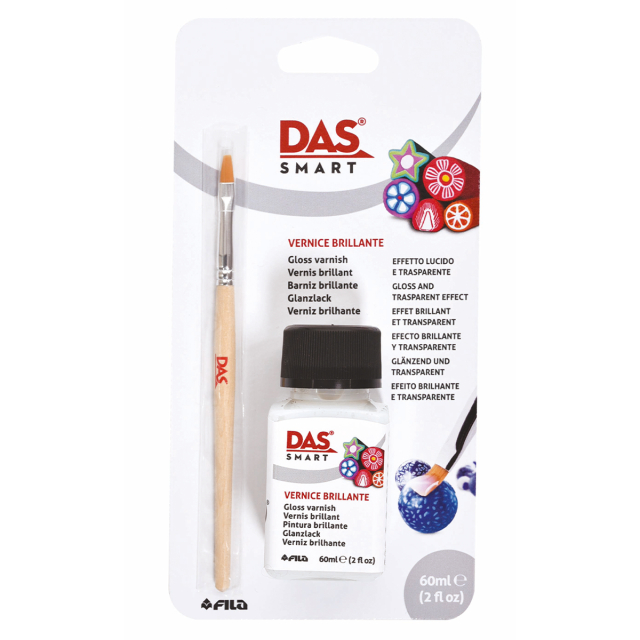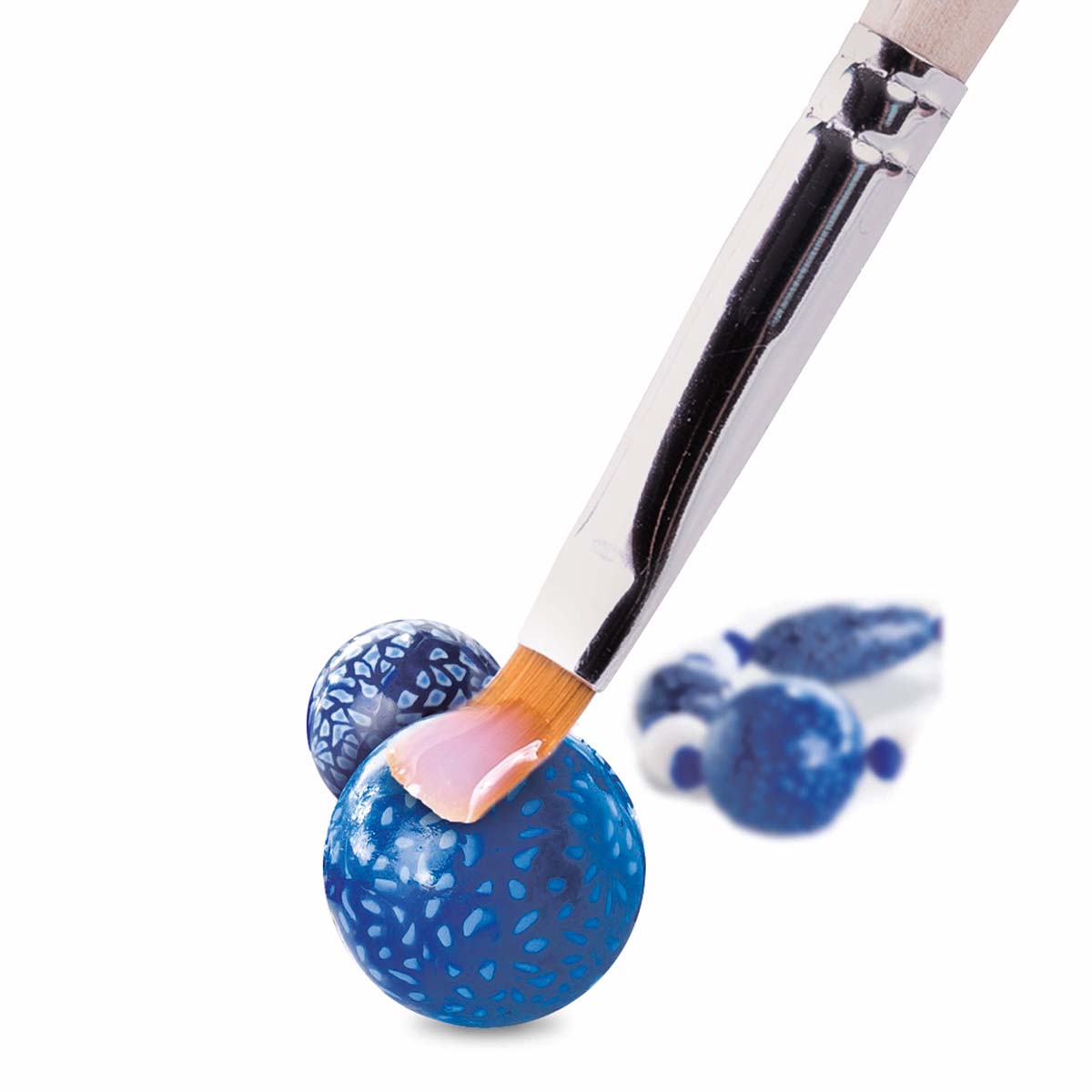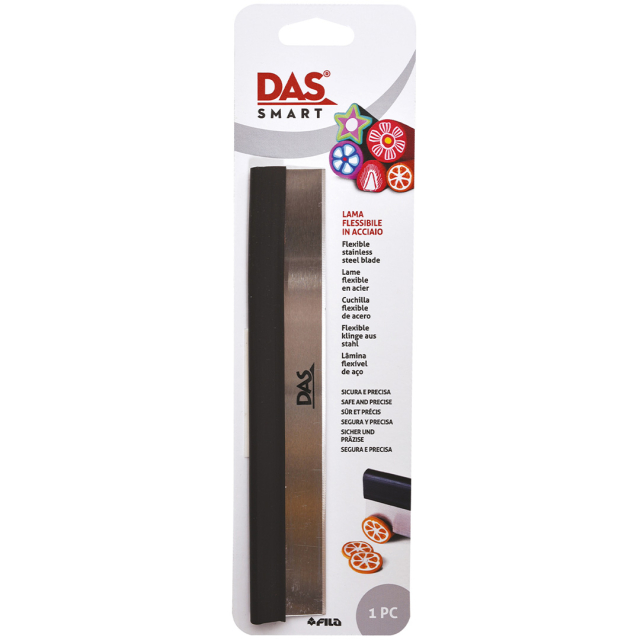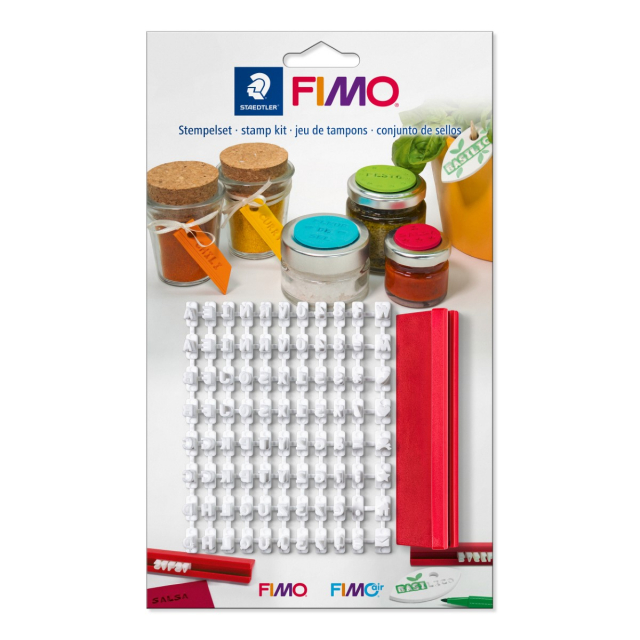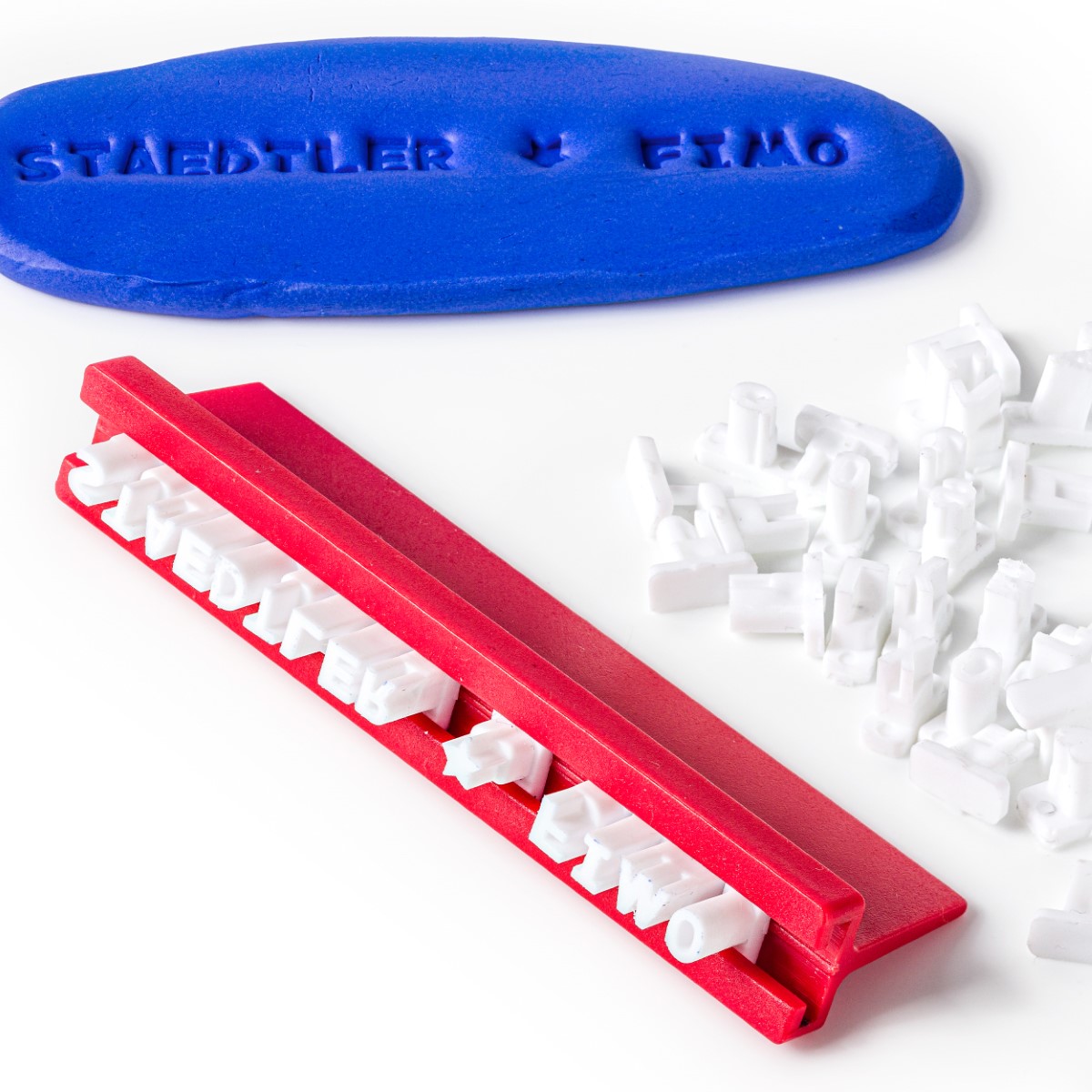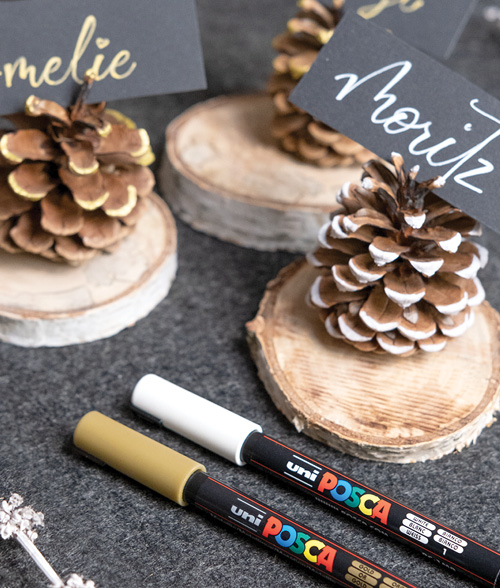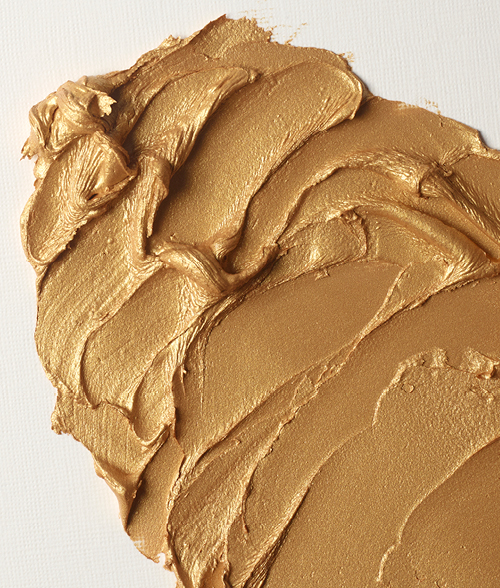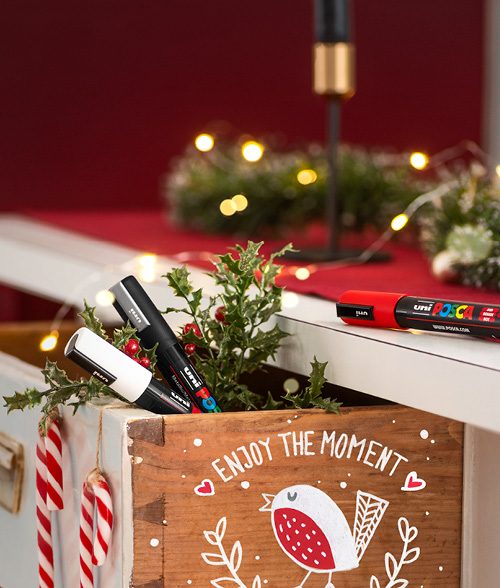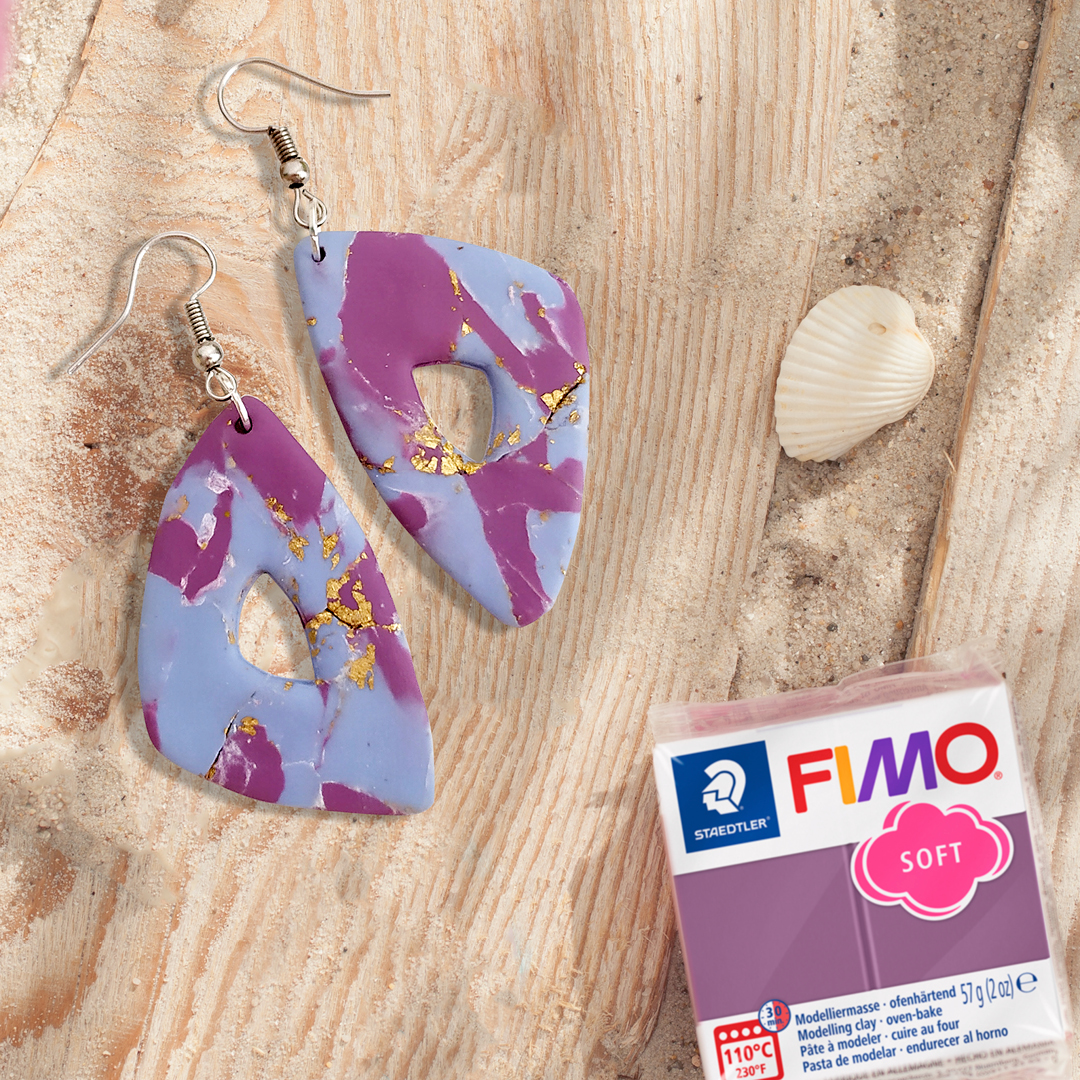
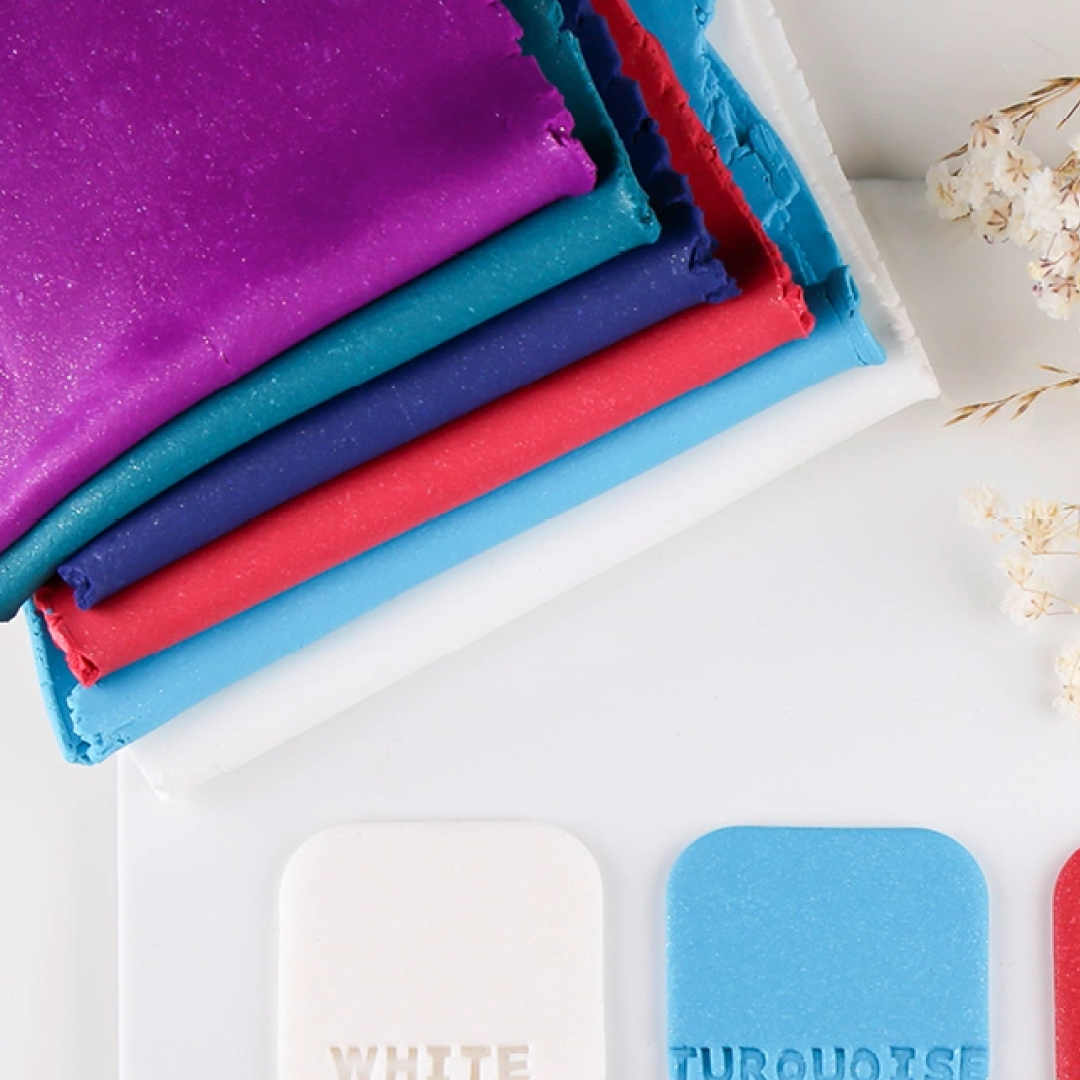
What does polymer clay contain?
Polymer clay is primarily made from PVC (polyvinyl chloride), a type of plastic, along with a plasticiser that keeps the clay soft and workable until it is cured in the oven. It may also contain colour pigments and sometimes fillers to give the clay different properties, such as extra strength or texture.
What can you make with polymer clay?
Polymer clay is an incredibly versatile material, but it’s especially popular for creating small, detailed projects such as jewellery, miniatures, and decorations. Here are some ideas of what you can make with polymer clay:
- Jewellery: This lightweight and malleable clay can be shaped into earrings, necklaces, bracelets, and charms with intricate detail.
- Knobs and handles: Match your unique colour palette and refresh furniture with personalised, handmade details!
- Hanging ornaments: Create unique keyrings or bag charms for yourself or someone you love.
- Miniatures and figurines: Model everything from tiny pastries and animals to fantasy characters and dollhouse furniture.
- Decorations: Make personalised Christmas baubles, name tags, seasonal décor, and much more.
Unlike air-dry clay, polymer clay becomes strong and durable after curing, and can withstand daily use. It’s not suitable for tableware or direct food contact, but it’s perfect for decorative or functional details in your home, jewellery, or art. Want even more project inspiration? Check out the guide below for more DIY ideas.
Article: Ideas for creating with polymer clay →
What different types of polymer clay are there?
Polymer clay comes in a variety of types and brands, and while they share the same basic composition, their texture, colour, and workability can vary. Some are extra soft and ready to shape straight away, while others are firmer and ideal for detailed work and advanced techniques. There are also speciality clays with glitter, translucent effects, or a metallic sheen.
These are our most popular polymer clay brands:
- Staedtler FIMO – Staedtler has done so well with its polymer clay FIMO that many people today use “FIMO” as a synonym for polymer clay. Within the FIMO family, you’ll find different types with varying properties: Soft, Professional, Effect, and Kids. To learn all about the different kinds, dive into the guide: FIMO Clay Buying Guide →.
- DAS Smart – DAS is a leader in air-dry clay, but we also sell several of their polymer clays, which we can highly recommend!
Pros of polymer clay
Polymer clay is loved by both hobbyists and professionals. Here are some of the reasons why:
- Easy to work with: Polymer clay is soft, pliable, and requires no special experience to get started.
- Durable after curing: Once baked in the oven, the clay becomes strong and hard-wearing, which makes it perfect for items like jewellery and decorations.
- Wide range of colours: Available in countless shades and special effects, including glitter, metallic, and translucent tones.
- Excellent for detail: The clay holds fine details extremely well, making it ideal for miniatures and precision work.
- Can be combined with other techniques: You can paint, varnish, and decorate your finished pieces for extra creativity.
Cons of polymer clay
Like all creative materials, polymer clay has both strengths and limitations. Here are some things to be aware of before starting your project:
- Requires an oven: To cure properly, polymer clay must be baked in a conventional household oven. Microwaving is not an option.
- Sensitive to overheating: Excessive heat can burn the clay, cause bubbles, or create unpleasant smells, so careful temperature control is important.
- Not food-safe: Polymer clay should not be used for items that will come into direct contact with food or drink.
- Not biodegradable: Because it contains plastic-based components, polymer clay is not an environmentally neutral material.
Don’t have an oven, or prefer to avoid heat-curing? In that case, air-dry clay can be a convenient alternative!
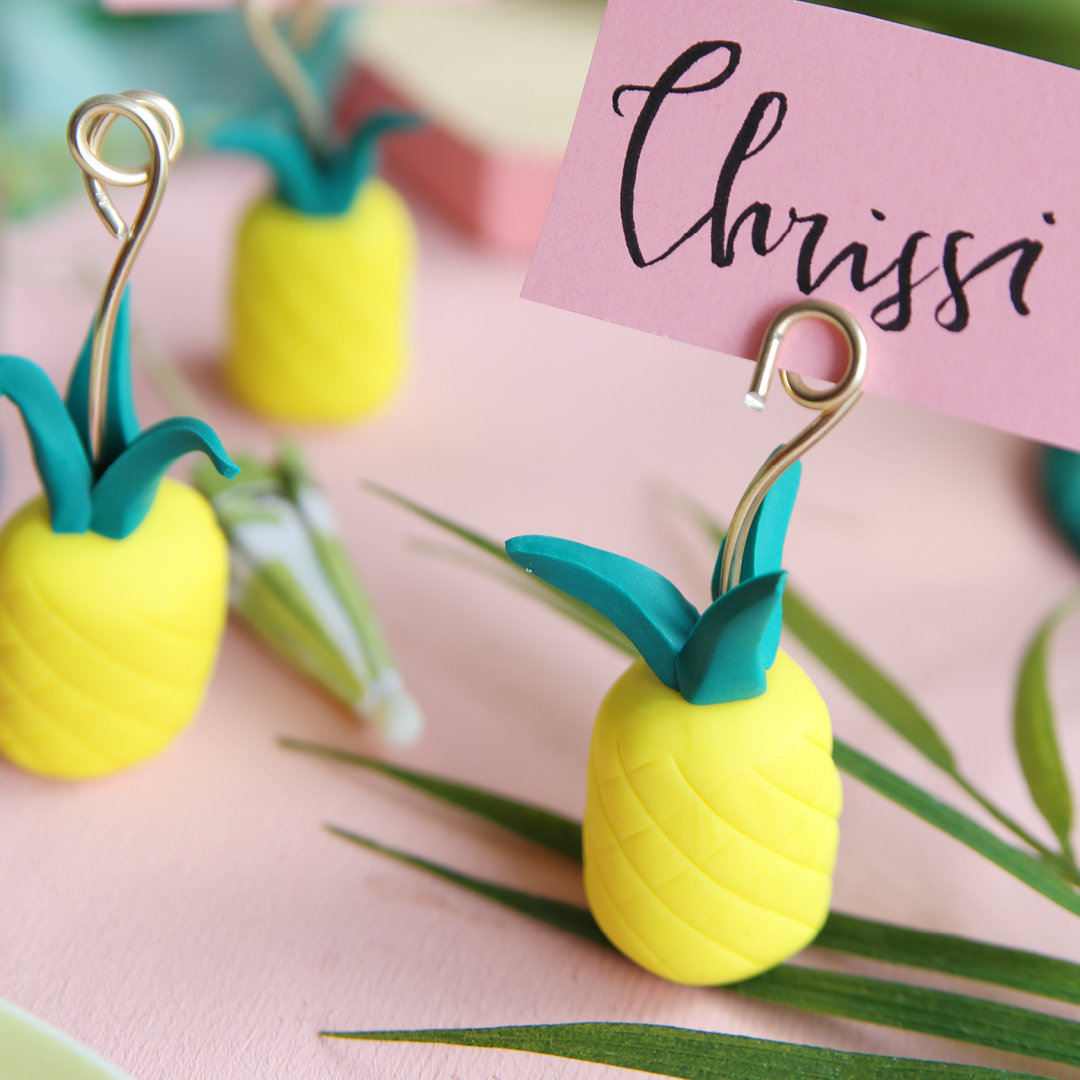
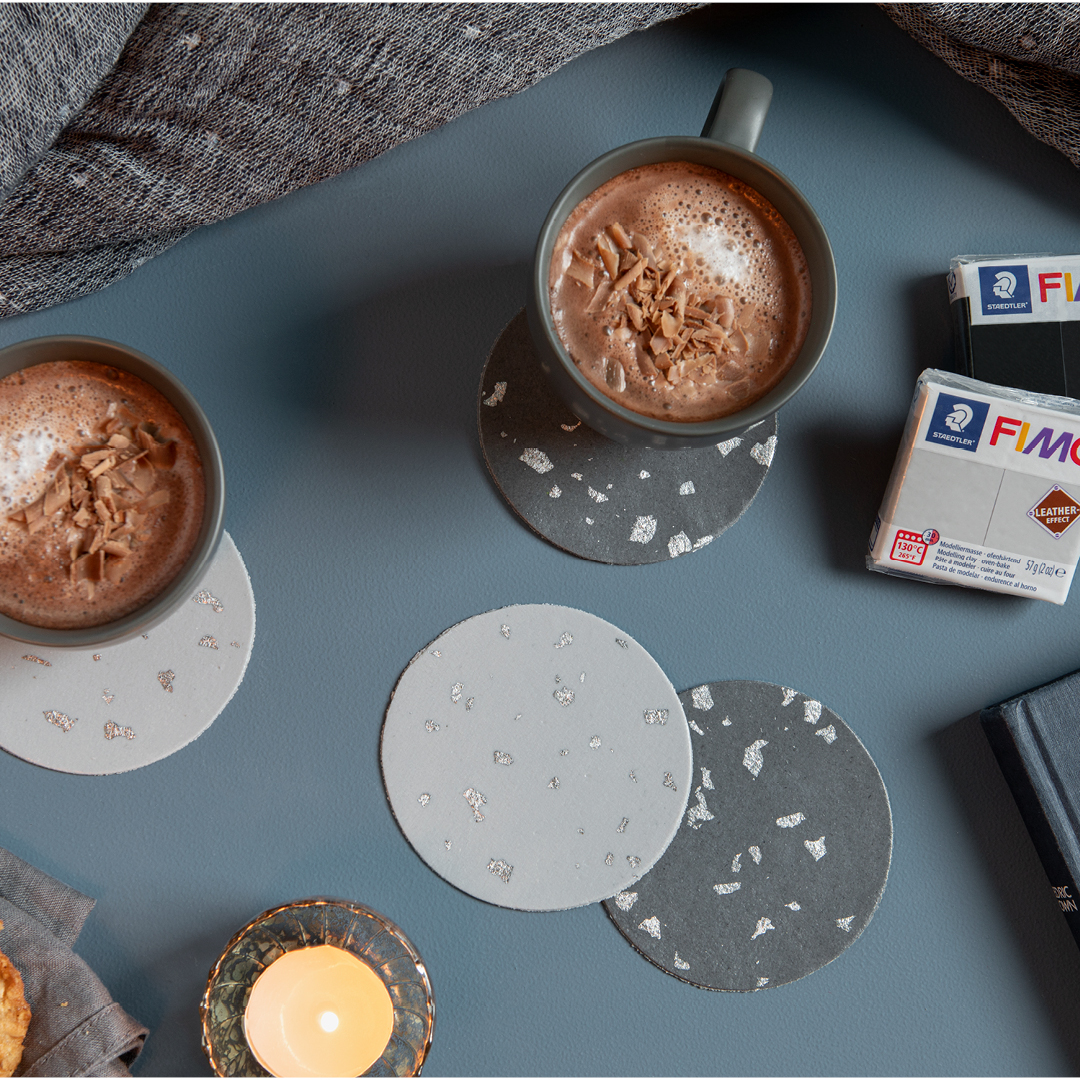
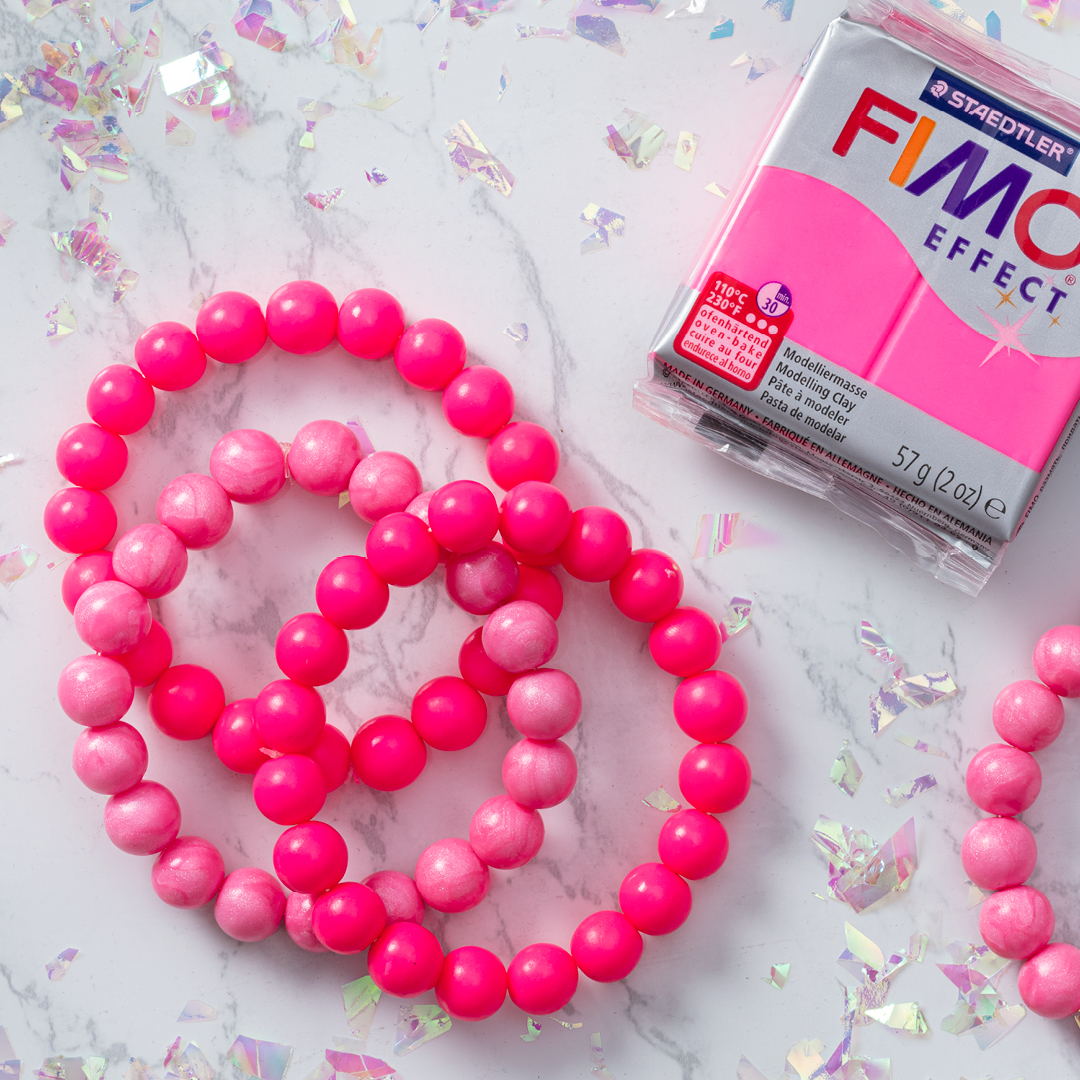
Creating with polymer clay: step by step
Working with polymer clay is definitely something to have on your bucket list. It is easy to fall in love with the calming process of shaping beautiful objects with your hands that you can later use to decorate your home. The process can be summarised in 4 main steps.
- Soften the clay by kneading it with your hands or using a pasta machine until it is pliable and ready to shape. If the clay has aged and become difficult to work with, you can find special polymer clay softeners in our range.
- Use your fingers or various tools to create shapes, which you can then attach together to form your desired design.
- When you are happy with the shape, place your creation on baking paper or foil and cure it in a conventional household oven according to the manufacturer’s instructions.
- Once the clay has cooled, you can sand, paint, and varnish it to achieve the finish you want. Polymer clay preserves details extremely well and provides a durable result that lasts for a long time.
For a detailed walkthrough of the entire process, from choosing materials to finishing, read our complete step-by-step guide:
How to store polymer clay in the best way
To keep your polymer clay soft, pliable and ready for new projects, proper storage is essential. Although polymer clay does not dry out from air exposure like air-dry clay does, it can still be affected by dust, dirt, light and heat. Here are our best tips for smart storage:
- Pack the clay into small bags or containers: Use tightly sealed zip bags or plastic boxes to separate different colours and protect the surface from dirt and scratches.
- Place all clay in a larger airtight box: A storage box with a lid helps maintain a stable temperature and keeps dust away.
- Store in a cool, dry place: Keep the clay away from heat, sunlight and window sills. If it becomes too warm, the curing process can start prematurely.
If you notice the clay has become dry, crumbly or hard, there are ways to restore it, such as using a softener, liquid polymer clay or simply giving it a thorough run through the clay machine.
Want more tips, product recommendations and examples of what to avoid? Check out our full guide here:
How to store polymer clay →
 Ireland (EUR)
Ireland (EUR)
